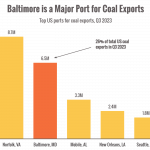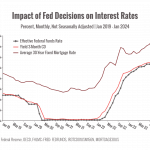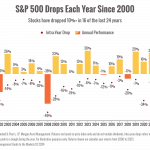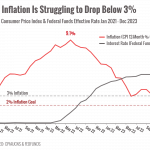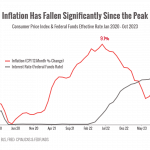Happy Money: The Science of Smarter Spending
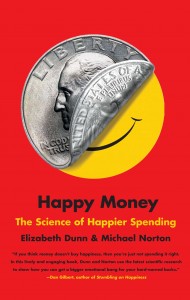 If you think money can’t buy happiness, you’re not spending it right. Two rising stars in behavioral science explain how money can buy happiness—if you follow five core principles of smarter spending:
If you think money can’t buy happiness, you’re not spending it right. Two rising stars in behavioral science explain how money can buy happiness—if you follow five core principles of smarter spending:
1. Buy Experiences
2. Make it a Treat
3. Buy Time
4. Pay Now, Consume Later
5. Invest in Otheres
“Buy Experiences” essentially means to spend money on memorable experiences instead of expensive toys, because you are able to relate to those experiences on an emotional level for much longer that with objects.
“Make It A Treat” focuses on the concept of over-consumption creating a weakening of the enjoyment factor. If you have something every day, even if it’s something you love, it becomes routine rather than fully enjoyable.
“Buy Time”: The idea that you make life decisions that allow you to have more free time. Suggestions include outsourcing unnecessary tasks.
“Pay Now, Consume Later” is a fascinating concept. In society today, we’re more apt to do the reverse, thanks to credit cards. Essentially, it’s sort of like half the fun of a road trip is getting there. When consummation is delayed, from something as simple as eating candy to attending an event, the enjoyment is increased. When something’s already paid for, if enough time passes, it seems “free” when it’s actually consumed.
“Invest In Others” hits on how donating or spending money on others feels better than buying things for yourself.
Happy Money (by Elizabeth Dunn and Michael Norton) offers a tour of new research on the science of spending. Most people recognize that they need professional advice on how to earn, save, and invest their money. When it comes to spending that money, most people just follow their intuitions. But scientific research shows that those intuitions are often wrong.
Happy Money explains why you can get more happiness for your money by following five principles, from choosing experiences over stuff to spending money on others. And the five principles can be used not only by individuals, but by companies seeking to create happier employees and provide “happier products” to their customers.
By the end of this book, readers will ask themselves one simple question whenever they reach for their wallets: Am I getting the biggest happiness bang for my buck?



